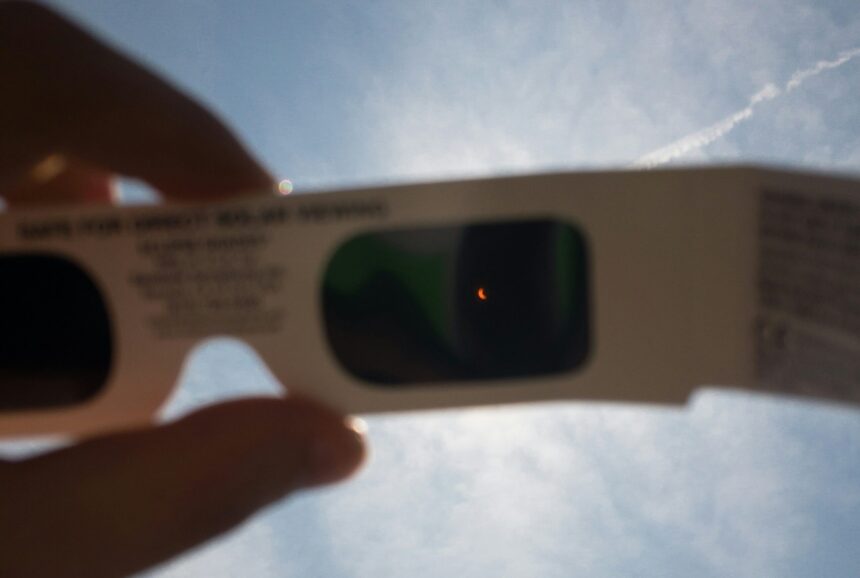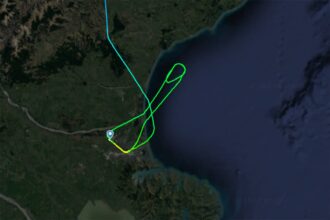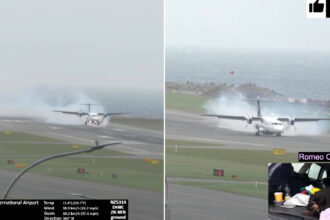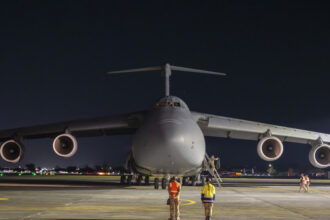In an era where light pollution hides much of the night sky, finding a place to see the stars in all their glory is becoming harder. Yet the benefits of stargazing extend beyond the spectacle – studies suggest time under a dark sky can improve sleep, reduce stress and boost emotional well-being.
With a total lunar eclipse due on 7 September, visible across Europe, Africa, Asia and Australia, travellers have been given a new guide to some of the best global destinations for viewing the night sky.
A study by travel insurance comparison site InsureMyTrip analysed more than 40 locations worldwide, looking at factors such as light pollution (Bortle Scale), air quality, cloud cover, observatory access and accommodation options. Each destination was then given a score out of 10, with higher scores reflecting more favourable conditions for stargazing.
A total lunar eclipse occurs when the Earth passes directly between the sun and the moon, casting a deep shadow across the lunar surface. During the peak, the moon takes on a red glow, sometimes referred to as a “blood moon.”
Palm Beach Headland, Australia
Topping the rankings is Palm Beach Headland, north of Sydney, with a score of 7.6. The site is certified as Australia’s first Urban Night Sky Place and has a Bortle rating of 2.6. Despite its urban location, efforts such as a Lighting Management Plan have reduced light pollution significantly. On the night of the eclipse, cloud cover is forecast to be just 10 percent, and five observatories are located nearby. Accommodation options are plentiful, with more than 300 properties offering outdoor space and three campsites, though the average price is relatively high at $368 per night.
Island of Anholt, Denmark
Second place goes to Anholt, a remote island off Denmark’s coast that became the country’s fourth International Dark Sky Park in May. Scoring 7.2 overall, Anholt offers low predicted cloud cover (6 percent), a Bortle rating of 3, and relatively affordable stays – around $137 per night for accommodation with outdoor space. Options are limited, however, with just seven campsites and two properties available.
North Ronaldsay, United Kingdom
Third is North Ronaldsay, one of the Orkney Islands in Scotland, with a score of 6.8. Known as a Dark Sky Island, it boasts a Bortle rating of 2.1, good air quality, and minimal expected cloud cover (7 percent). Accommodation is sparse – one campsite and one property with outdoor space – but the reward is some of the clearest views of the Milky Way and the lunar eclipse.
Germany’s star islands
In fourth and fifth place are Germany’s Spiekeroog Star Island and Pellworm Star Island, tied with scores of 6.4. Both form part of the UNESCO Wadden Sea World Heritage site, known for its vast tidal flats.
Spiekeroog is one of the darkest places in Germany, with a Bortle rating of 4 and expected cloud cover of 10 percent. More than 200 properties with outdoor space are available, at an average of $133 per night. Pellworm, certified as a Dark Sky place in 2021, has a Bortle rating of 3.9, with 227 accommodation options averaging $189 per night. Cloud cover is expected to be just 9 percent on the peak evening.
Helping travellers choose
Sara Boisvert, Director of Marketing at InsureMyTrip, said:
“We created this guide to help travellers find the most extraordinary places on Earth to witness a total lunar eclipse. With our data-driven rankings, stargazers can skip the guesswork and head straight to the world’s darkest, most breathtaking skies.”
The study drew on a range of publicly available data, including pollution maps, weather forecasts, observatory databases and accommodation listings, to create its global ranking.















